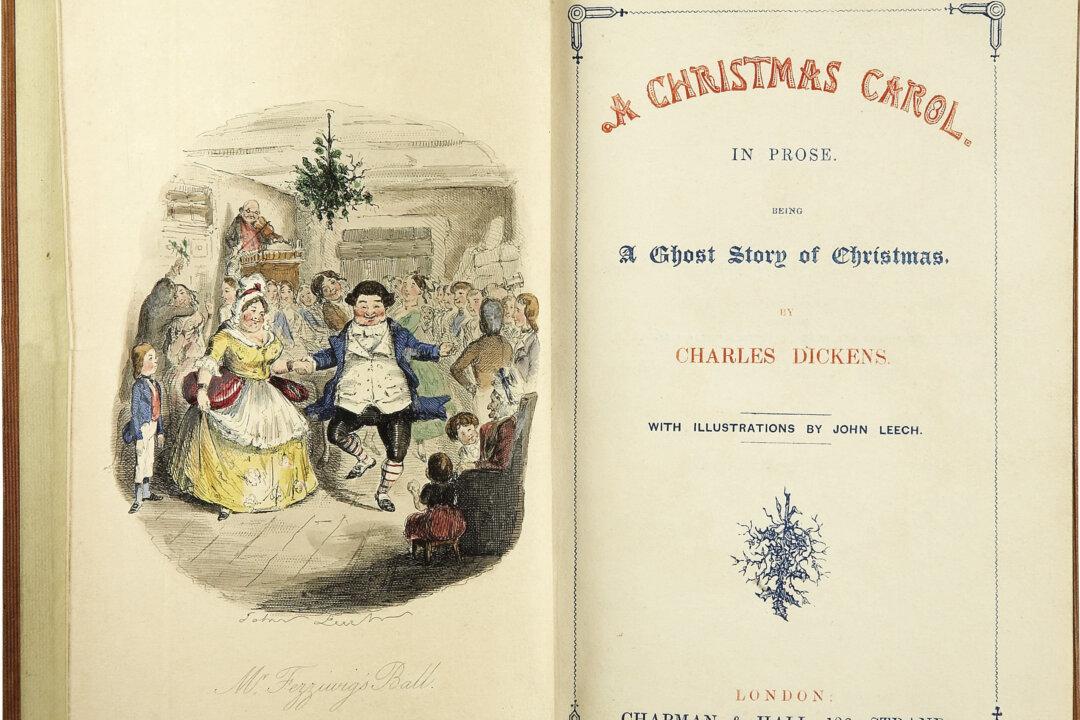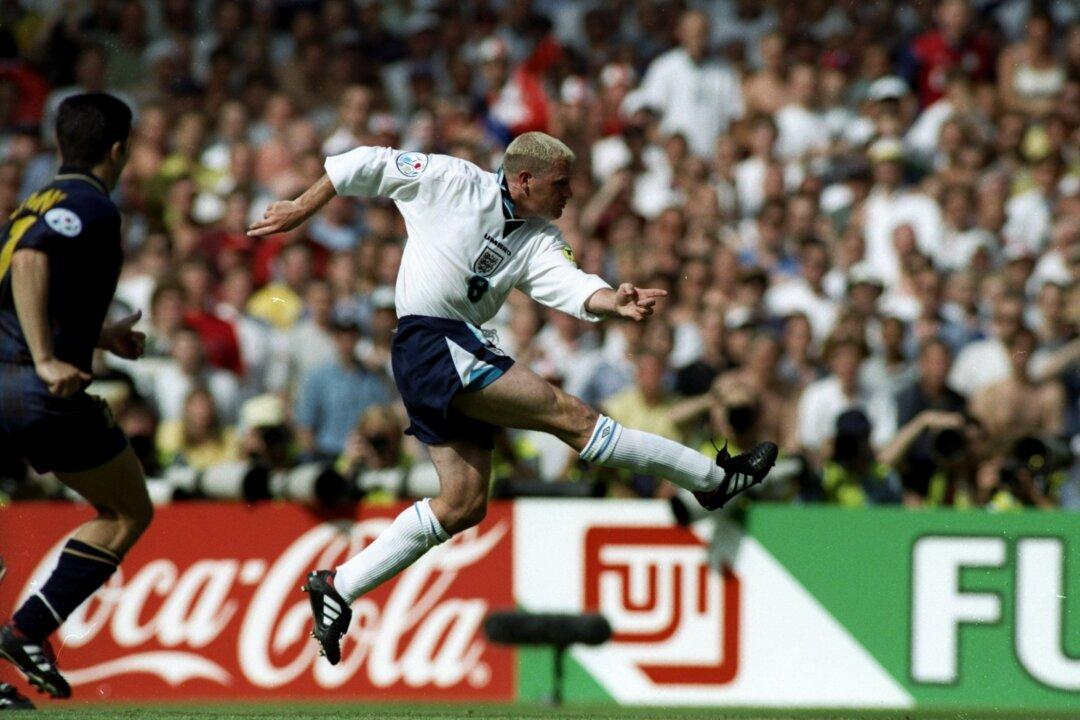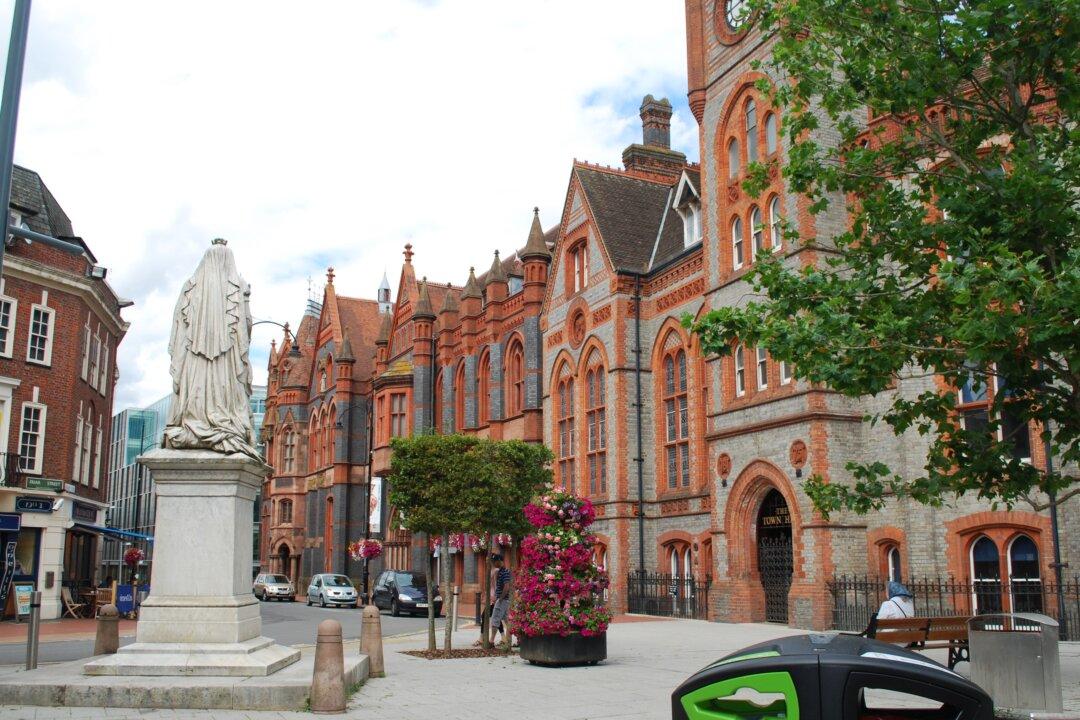Charles Dickens’s “A Christmas Carol” turns 175 years old this month. Dickens did public reading tours. The institution in Reading, United Kingdom, where he gave his lectures is now a Dickens-themed hotel. I live in Reading and I like to have afternoon tea in the “Christmas Carol” room, with its leather wing-backed chairs and benches. Prints from the story, published in December 1843, cover the wood-panelled walls.
Dickens has been called “the man who invented Christmas” (credit also to Prince Albert’s trees and the Victorian penny post). “A Christmas Carol” is a simple tale of a mean-tempered, miserly moneylender who is brought to spiritual redemption by the regretful ghost of his business partner, the bizarre Ghost of Christmas Past, the jolly Ghost of Christmas Present and the shrouded Ghost of Christmas Yet to Come. The eloquence of Dickens’s words seizes one’s attention; every scene is a verbal banquet. Food. Gifts. Song. Church and Chapel. Greenery and garlands. The third chapter, The Second of the Three Spirits, paints a picture of Christmas that remains with us today.





